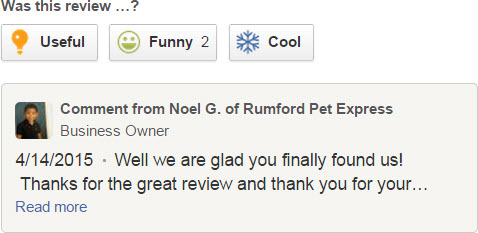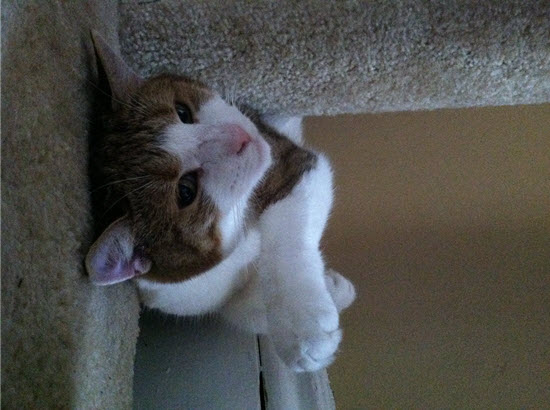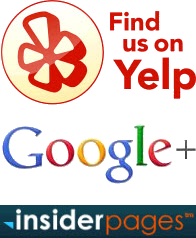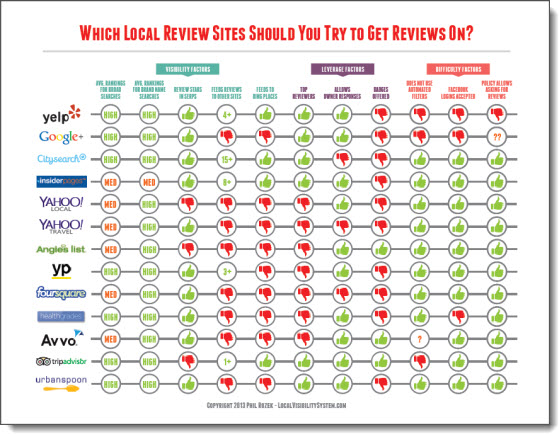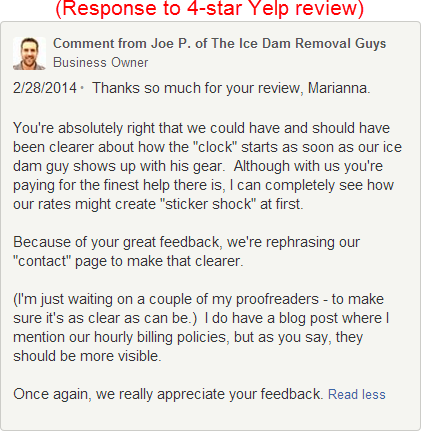The name’s a shameless rip-off of Wil Reynolds’s excellent presentation on “The High Cost of Free Traffic.” One reason I’ve got no shame is that that describes the situation perfectly: Although technically your business’s visibility in Google Maps and the rest of local search is free, you run into trouble once you start treating it as you would other “free” stuff.
Business owners and their marketers often mess up and overlook enough things even when they pay $20 a click (as in AdWords) for their traffic. Their strategies get even more ragged when they don’t have to pay for visibility in the local search results, and are confident they won’t need to any time soon.
“Free” gives you a sense of relief. You don’t think much about how you use your water if all you have to do is dip your cup in the creek. That’s fine as long as it’s not winter or there’s a cattle drive upstream.
What’s the “high cost” of free traffic (the one I named this post after)? It’s not one specific high price you pay, but rather a long list of missed-opportunity costs. They’re problems you’ll face, time you’ll waste, or wins you won’t seize.
They’re what happens when you assume “free” rankings and traffic are permanent, or unlimited, or guaranteed, or something you’re entitled to, or always easy to get more of, or always what you need more of.
Cost 1: Trying to farm out all parts of your local SEO strategy.
(Or, even worse, trying to farm out all of your marketing.)
Some parts of local SEO require a decision-maker’s personal involvement. Doing what it takes to earn good links and reviews are two examples of that. Though third parties can help to one degree or another, they can’t do it well and without any of your involvement. “Your one-stop, turnkey solution” is a marketing ploy. The sooner you realize that, the sooner you’ll get visible in the local search results, and have it actually result in more business, and have it last.
Cost 2: Seeing if you can “just get your site to rank” without putting in any real effort.
If your primitive strategy of microsites / keyword-stuffing / cheap links / lousy “city” pages doesn’t work you’ve wasted time and are back to the drawing board. Even if you’re fortunate enough to have your bare-minimum effort bring you good rankings, you’ll be one non-pushover competitor or one Google test or update away from Search Engine Siberia.
Especially when it’s early in your local SEO effort, either you need to specialize and carve out a niche, or put in a little work to differentiate yourself, or do both.

Cost 3: Only worrying about the “easy SEO wins” at first.
Isn’t it great if you can meet your goals with a minimum of effort? Sure. Shouldn’t you try to do that? Yeah, probably. But what if your quick no-brainers yield no results? Then it’s a question of when you start putting in the hard work, and how long it takes to pay off. Fixing up your title tags, wiggling a few keywords into the cracks, and cleaning up your local listings will only get you so far.
How long should you wait to see if your quick wins did the trick? 2 months? 6 months? A year? Damned if I know. I say you start digging the well before you’re thirsty. Start on the ongoing activities while you’re still working on the one-time stuff.
Cost 4: Using a site/CMS that makes changes difficult or slow to make.
Your Squarespace or Wix or Joomla or GoDaddy site is probably fine to keep if you can structure it correctly, create a homepage that doesn’t suck, make it more or less conducive to conversions, and do other basics. It doesn’t need to be perfect. It’s better to get a rough site out there early, and improve it later. The problem is what happens if you can’t improve it later. Because you consider your local search traffic “free,” you don’t feel it’s urgent to get a site you can work with. You’ll let it molder until traffic dries up or something really breaks, or both.
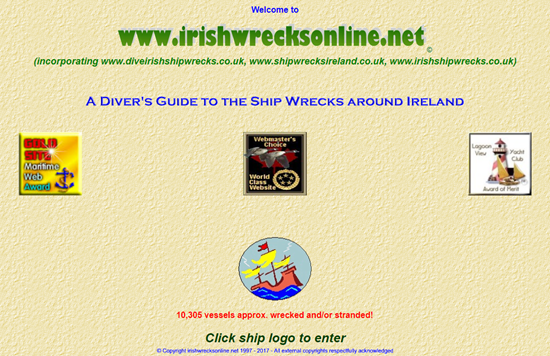
Cost 5: Hiring hacky writers.
If you had to pay $20 for each click, would you send visitors to pages that don’t make it clear what you do, or pages that make it apparent you’re “too busy” to put any effort into your site yourself, or pages that make you look like you can’t string two sentences together? No? Well, doing that with “free” traffic is even worse. At least if you pay $20 (or much more) for a click, you might eventually learn that more traffic often isn’t the answer.
With bad writing you have the online-marketing equivalent of BO.

Cost 6: Waiting too long to get serious about getting reviews.
You probably “just want to rank” first. Once you have more customers, you’ll start encouraging reviews. That’s backwards. Good rankings without good reviews tend not to bring in much business. On the other hand, good reviews will help you as soon as you start getting them, no matter how visible you are. Go after them early.
Cost 7: Not replying to customers’ reviews, even when you don’t “have to.”
You probably don’t let negative reviews go unaddressed. That’s usually wise.
What about the positive reviews? Think of how hard you’ve worked to get however much visibility you’ve got, and to do a good enough job for customers that they wrote you those nice reviews. Don’t you want that visibility and traffic to convert as many customers as possible, so you continue the upward spiral? Sometimes replying to a positive review – even if only to say thanks – is a way to do that. It shows you give a hoot, and that you still care about customers after they’ve paid you and reviewed you.
Cost 8: Assuming all your visitors saw your best reviews before visiting your site.
Given all the info Google shows IN the search results these days – especially when people search for your business by name – it’s smart to think of Google’s results as your second homepage. To wow customers there with all your reviews is crucial, and you need to do it. Those review sites sure are prominent.
But what if those people go even farther, and get to your site? Those people are even deeper into your “conversion funnel,” and are this close to taking an action you want. Don’t hold back now. Even if they saw your “review stars” in the search results, they probably didn’t see reviews from specific customers. If you had to pay for each click, you’d make sure your best reviews were front-and-center. That’s smart even if you don’t pay for each click.
Splatter or sprinkle your reviews across your site.
Cost 9: Waiting too long to start earning links.
Yes, the one-time work on your site and on your listings is important. You may see a bump from doing only that. But sooner or later you’ll hit a plateau. At that point you can’t just “optimize” your site more, or crank out more citations, and expect to get unstuck. And don’t think an SEO person has some fancy maneuver for your site that will do it. You’ll go round and round on tweaking or overhauling your site, to no effect. 7 SEO “experts” and many dollars later, you’ll realize you missed a big piece of the puzzle. You could have spent a fraction of that time on effort on trying to earn good links, and you could have seen results sooner. Slow process? Sure, but not as slow as the alternatives.
Here are some relatively easy link ideas, just to get the juices flowing.
Cost 10: Fixating on ranking across your entire service area.
You want to rank in 25 more towns. That’s a fine goal. So you must be pretty visible in your town already, right? If not, start there and branch out only when you’ve had some success. Now, it may or not be possible to rank in all (or half) of the places you want to reach. It depends on many factors, including whether you’re trying to rank in the local organic results (doable) or in the Maps results (less realistic). I’m not even saying you should trim back your goals. I’m saying only that you should do what it takes to build up a little visibility in the place where it’s most likely you can do so, before you try to go farther afield.
Cost 11: Creating lots of awful “city pages.”
If you won’t take the time to do them right, at least don’t spend too much time on doing them wrong. Make 5 worthless pages rather than 50 worthless pages. That way, you can return that much sooner to whatever you were doing that was so much more important than putting a little thought into your city pages, so that they might rank and convert.
Cost 12: Never using AdWords to learn about would-be customers or to sniff out markets.
Too many business owners think, “Why on earth should I pay for traffic when I can get it for free?” Well, for one thing, because it’s the only practical way to sniff out people’s level of interest in specific services in specific cities/areas where you don’t rank.
Google Analytics only tells you about the traffic you already get, and nothing about the traffic you might be able to get. Set up a quick-n’-dirty AdWords campaign, keep it on a short budgetary leash, let it run for a couple weeks, and mine the stuffing out of the “Dimensions” tab. I know of no better way to research keywords, to get a sense of how well traffic converts for those keywords, and to find out exactly which cities/towns those searchers search from.
If you think of pay-per-click as a way to buy data (and not necessarily to get customers, at least at first) you probably couldn’t get anywhere else, you can put new vim and vigor into your local SEO effort.
Cost 13: Assuming that because your local visibility is “free” it’s also unlimited.
That may be the costliest cost of all, for many reasons.
You can always lose visibility.
You won’t have a monopoly while you have it.
Just because you got some visibility easily doesn’t mean you can get more with similar ease.
You don’t know who will become your competitor next.
Google likes to test just about all aspects of the search results.
Google likes to change policies in all areas of search.
Google likes to stuff the free search results with paid search results.
You don’t even own your local listings. The only online thing you own is your site, and everything else is rented land.
It’s for those reasons and many others that you do not want to grow complacent.
Why do the signs at parks and nature reserves tell you not to feed the animals?
Because if you feed them and other people feed them, they’ll get conditioned to freebies, and not be as able to hunt and forage. (Also, the tripe most people eat isn’t necessarily good for a growing critter.)
If you’re an animal, it’s fine to catch as catch can, but you probably want to be able to feed yourself if the hands with free food ever go away. The same is true of business owners. Don’t be a Central Park pigeon.
—
What’s a missed-opportunity cost I missed?
Any cautionary tales?
Leave a comment!
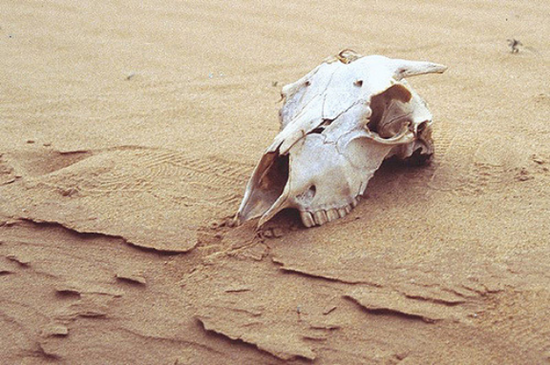
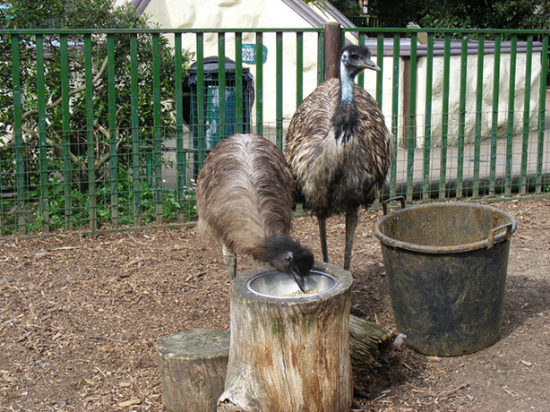
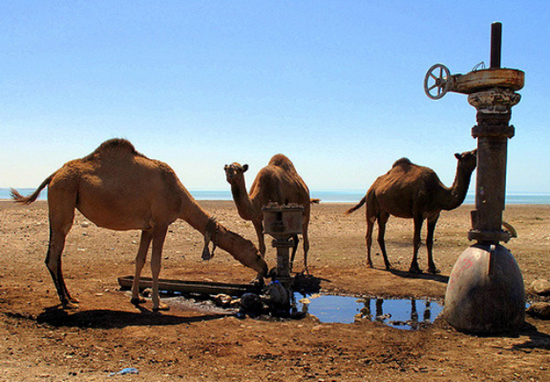


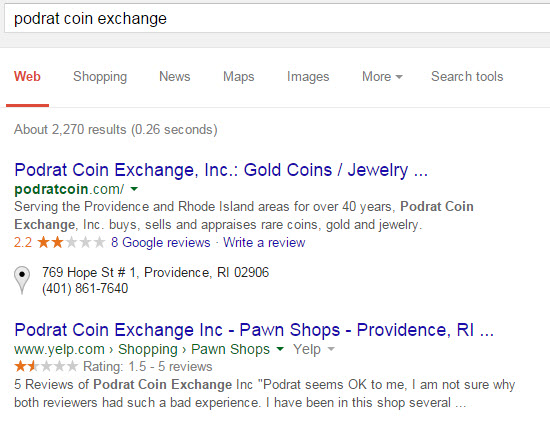
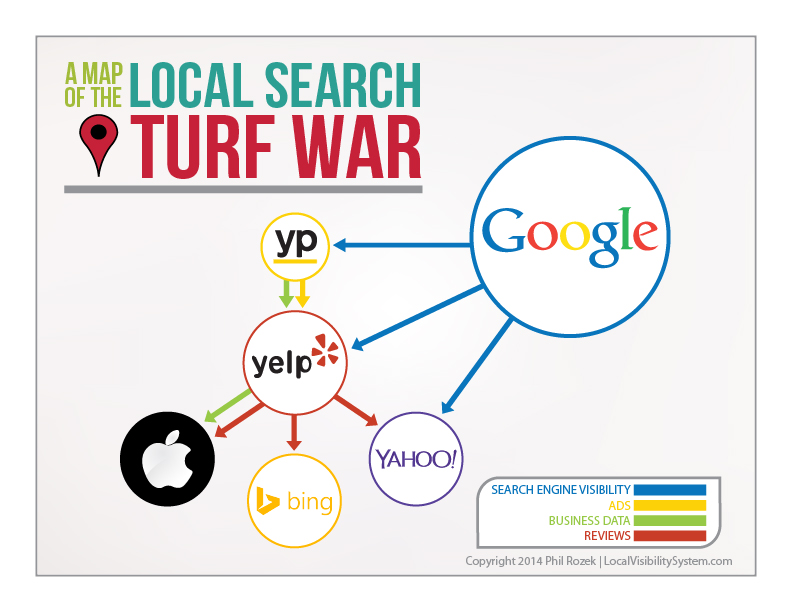
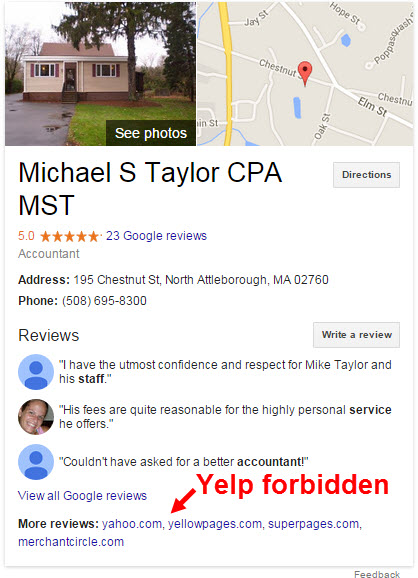 20. You’re at a disadvantage if you can’t or don’t want to
20. You’re at a disadvantage if you can’t or don’t want to 
